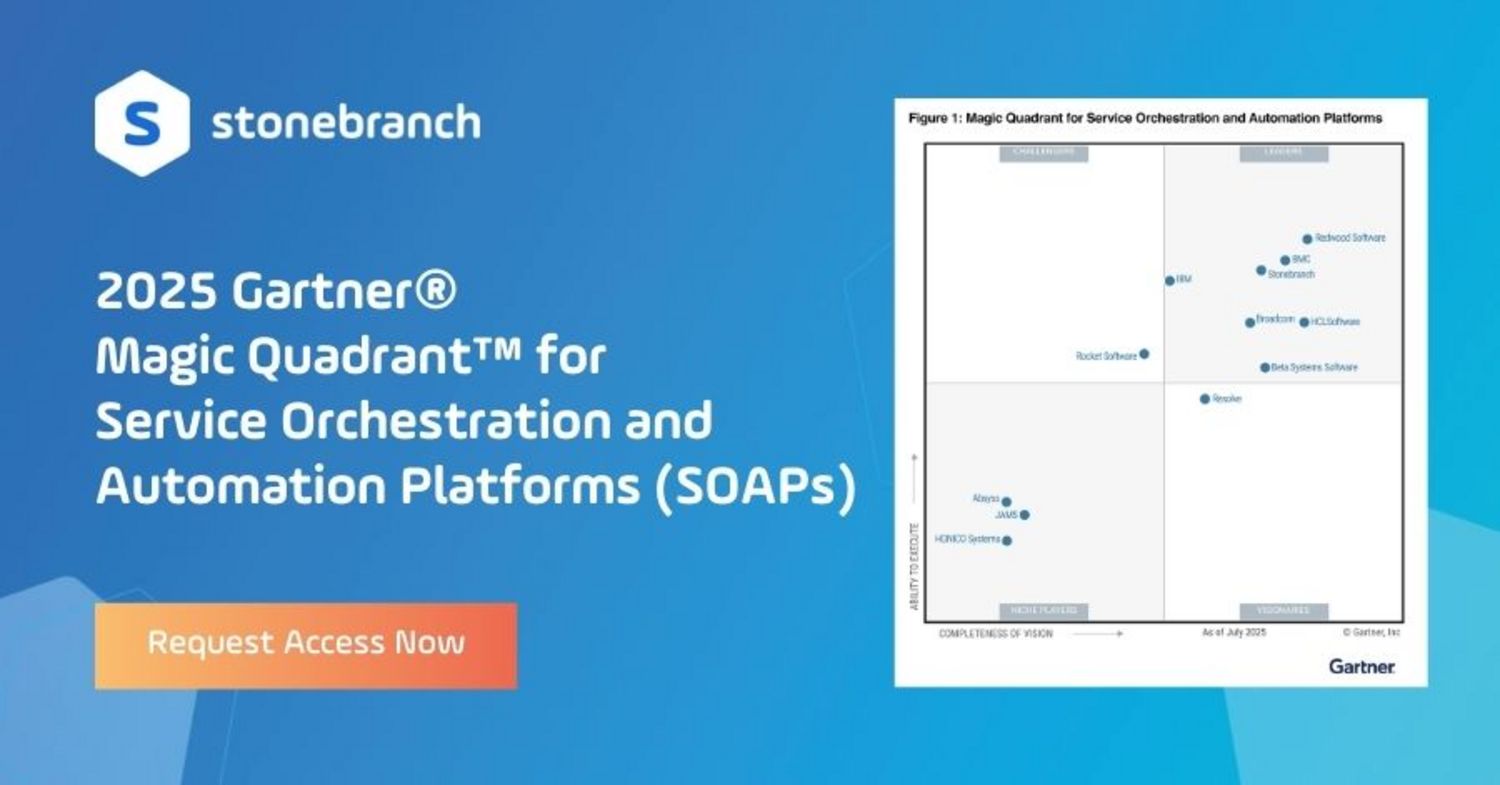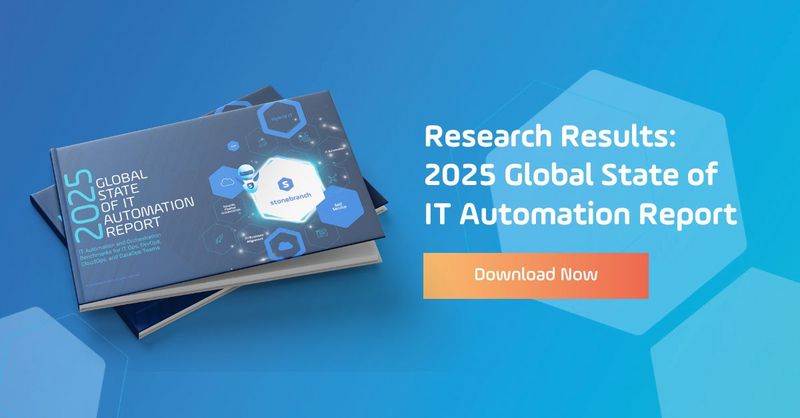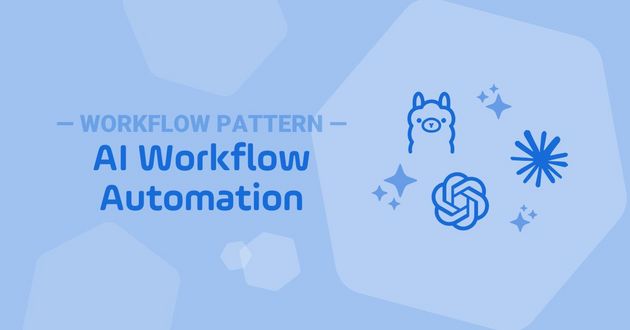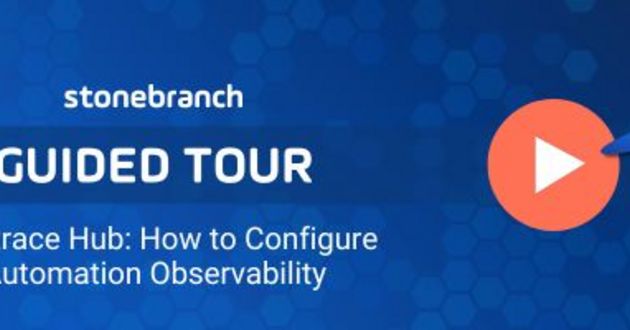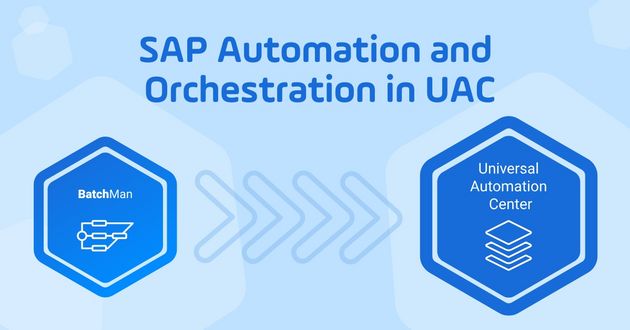What is Workload Automation in 2025 — and What's Next?
Explore how workload automation has evolved in 2025 to streamline business processes and manage tasks across hybrid and cloud-native environments.
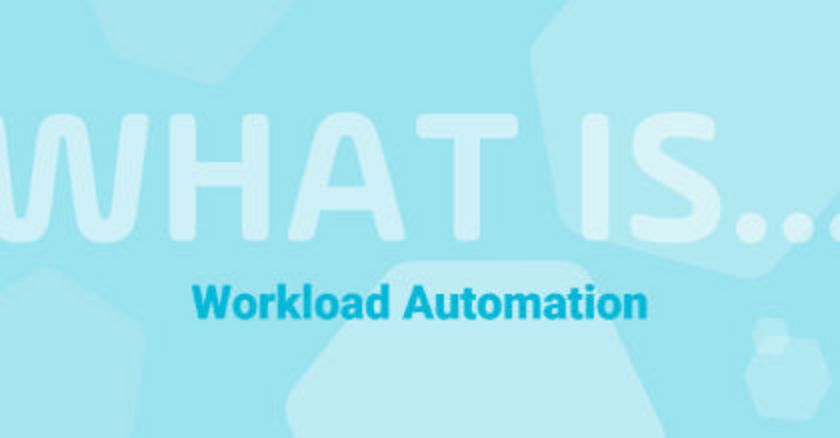
Some call it job scheduling. Some still call it batch processing. Workload automation (WLA) could certainly be considered the latest iteration of the IT automation concept, but there are several important distinctions that differentiate it from its predecessors.
Traditional time-based job schedulers have now been eclipsed by event-based workload automation tools that respond in real-time to business orders, rather than completing them by batch processing.
A Brief History
The concept of workload automation was originally introduced by Gartner in their 2005 "Hype Cycle for IT Operation Management" report. At the time, the scope of IT process automation was chained to the static and manual nature of job scheduling. Reacting to the increasingly dynamic demands of IT, the research company introduced the concept of workload automation.
What is Workload Automation?
Workload automation uses software to automate background processes, tasks, and back-office systems. It extends beyond basic job scheduling by managing workflows across multiple applications, systems, and environments. WLA reduces manual intervention by automating and scheduling tasks, ensuring operational efficiency.
Transactions that require execution at a certain time or based on a certain event have thus become the domain of WLA. It's considered a more advanced successor to job scheduling because it can automate entire systems, which may contain heterogeneous IT environments as well as disparate job schedulers.
What Workload Automation Does Best
- Central Management. WLA tools were the first of their type to allow central management of business process execution across mainframe, cloud, or hybrid environments, third-party applications, and operating systems.
- Versatility. Enterprise WLA tools can manage mixed workloads based on business policies, while efficiently assigning and releasing computing resources in an automated fashion to meet service-level objectives.
- Holistic Approach. Workload automation's intelligent approach to IT operations management enables end-to-end automation of enterprise-wide batch job processing across the entire enterprise, as well as near real-time workloads across a heterogeneous computing environment.
WLA vs Job Scheduling: What Sets it Apart
WLA and job scheduling are in fact closely related; however, workload automation solutions cover a broader range of capabilities than traditional job scheduling. In short, workload automation is an advanced, more flexible form of job scheduler.
What exactly can workload automation do that job scheduling can’t? For one, it can perform automated processes based on web-based events, such as the submission of data to a web-based mobile application. WLA can also be molded to integrate with many different APIs, including SAP, Hadoop, and Informatica, and to perform tasks and processes based on events occurring inside those APIs.
Evolution of Enterprise Workload Automation
The flexibility and agility of workload automation are critical to supporting business processes across an ever more complex IT infrastructure. Many enterprises have outgrown or migrated off their mainframe and moved completely into the cloud. These companies require a modern workload automation solution sophisticated enough to support this transition. Others continue to maintain a hybrid landscape that combines distributed, private and public cloud, and mainframe environments, and require their IT automation to function seamlessly across their entire ecosystem.
What the Future Holds
Enterprise workload automation platforms of the future will place even more emphasis on supporting hybrid cloud and multi-cloud environments of every shape and size. It will offer even more sophisticated and advanced operations visibility, a single point of control, advanced file transfer and security features, integrations with business applications, plus exceptional scalability. In addition, you can expect WLA to continue to shift towards using predictive elements that will forecast issues well before they arise and use machine learning to solve them, no matter whether they occur in the cloud or on-prem.
In many ways, the future of workload automation is already here. In 2020, Gartner released the first Service Orchestration and Automation Platform (SOAP) market guide. This seemingly new category is an evolution from the workload automation category that they started back in 2005. The driving force behind the change is the need to coordinate and automate workflows across diverse environments (on-premises, hybrid, multi-cloud) with an emphasis on real-time integrations, APIs, and advanced observability.
While WLA is an essential part of automation, SOAPs provide a broader, more sophisticated framework for orchestrating services, integrating diverse technologies, and managing complex, distributed environments. Think of SOAP as a superset that builds on WLA's foundation to meet the needs of always-evolving IT ecosystems. In 2024, Gartner published the first Magic Quadrant for Service Orchestration and Automation Platforms and named Stonebranch a Leader in this growing category. Despite their differences, many in the industry use the terms WLA and SOAP interchangeably.
Containers
Containers and container orchestration are transforming workload automation. Containers are self-contained software packages that bundle code and all its dependencies, enabling consistency across different environments. Workload automation plays a key role in scheduling and triggering actions between containers and cloud or on-premises systems. Many enterprises also use workload automation software to manage the deployment, scaling, and operation of the containers themselves, ensuring seamless coordination within hybrid cloud environments.
Hybrid Environments
Lastly, given the varied nature of hybrid environments, the WLA solutions of the future will be completely vendor agnostic, able to work with any existing IT automation technology to ensure that the entire IT landscape, and from a larger perspective, the enterprise’s critical business processes, are managed from one central point of control.
How to Get Started
Stonebranch offers WLA/SOAP software with advanced features to centrally and seamlessly automate all your business processes, no matter what your current environment or incumbent solution. Universal Automation Center (UAC) offers end-to-end visibility, advanced reporting capabilities, secure file transfer you can trust, and much more. Read how customers have innovated with Stonebranch on our success stories page.
Start Your Automation Initiative Now
Schedule a Live Demo with a Stonebranch Solution Expert

